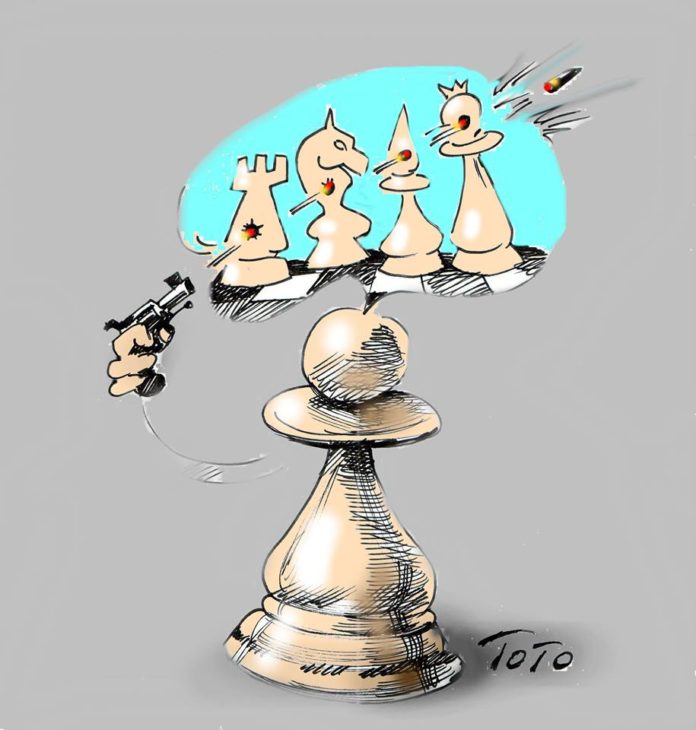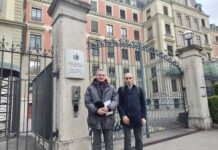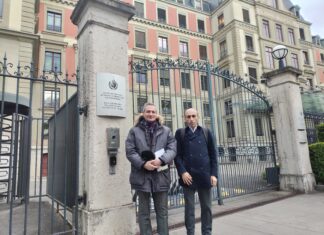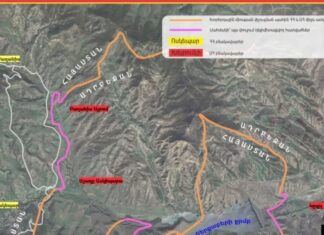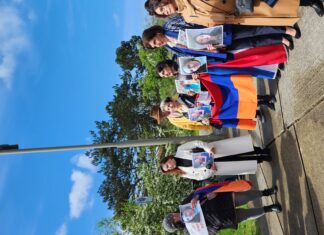A whirlwind of political events is plaguing the Middle East and the Caucasus with potential fallout for Armenia, yet the Armenian political establishment and its media are interested mostly in debating domestic issues, sometimes amplifying them into outsize problems.
The obsession of Presidents Recep Tayyip Erdogan of Turkey and Ilham Aliyev of Azerbaijan with Zangezur notwithstanding, the political focus in Armenia continues to be directed towards settling scores and spewing rancor. Of course, the domestic issues are important in their own ways, but they have to be viewed and debated within the context of regional political forces, because they may become issues of existential nature for Armenia.
The 20th anniversary of the October 27 parliament massacre has carried the headlines. Almost all the news outlets, pundits and politicians have been passionately debating the issue. The crime that arrested Armenia and delayed its progress for two decades has been resurrected.
Of course, there has been a prevailing sense of suspicion and conspiracy which continues to haunt the public, causing it to feel that true justice has been subverted.
On that day 20 years ago, a band of five terrorists, led by Nairi Hunanyan raided the parliament and assassinated Prime Minister Vazgen Sargsyan and Speaker of Parliament Karen Demirchyan, who had recently formed a coalition called Miasnoutyun and had tilted the center of power away from President Robert Kocharyan. (Of course, Kocharyan is currently in jail and awaiting trial on charges of subversion of the constitution a few years down the road.)
All in all, eight legislators were killed that day.



